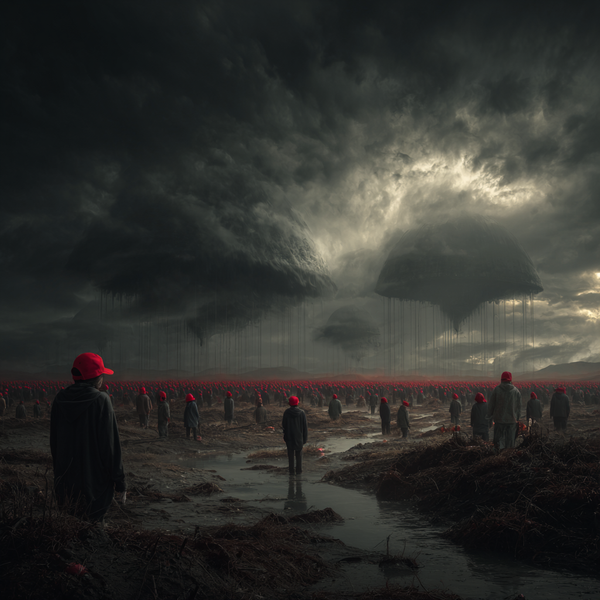October Awakening: What we’ve learned so far

October’s almost over, and if you’re feeling like we’ve been riding a roller-coaster whose track has just been ripped out from underneath you — hey, you’re not alone. 2025 has turned into The Great Deconstruction Show, starring Trump as the demolition-crew foreman in chief. Here are seven things we can’t unsee — lessons from a year when the old rules cracked, the rituals splintered, and the foundation got a little shaky.
1. Historic = fragile.
Remember when the White House meant something steady, unflappable, the house of the people? Well, cue bulldozers. Trump kicked off a project to demolish most of the East Wing to build a 90,000-square-foot ballroom — yes, a ballroom — despite earlier promises it “wouldn’t touch the existing structure.” If you’re wondering what the metaphor means: it’s not just about architecture, it’s about pulverising symbols. And once you start in on the symbols, the rest follows faster than you expect.
2. Transparency? More like “we’ll tell you later.”
Sure, the White House said plans will be submitted to the oversight commission — even though demolition already began. That’s like starting to remodel your kitchen while telling your spouse the permit is “coming soon.” In other words: we’re watching precedent crumble along with the bricks.
3. If you break it, you own it.
It’s not just metaphorical destruction. Trump is literally directing demolition while declaring, “I love the sound of construction … it reminds me of money.” Meanwhile, the rest of us are counting the cost of living, wondering when someone else gets to dance in the grand ballroom. When the big guy tears down the house, whose party is it?
4. When walls fall, so do expectations.
Whether you were raised believing certain norms would last — free press, independent courts, civil society — they’re bending. A wing of the White House comes down; demolished offices, relocated staffers, history boxed up. That’s not just physical change; it’s symbolic: “We do this when we want.” So what else is “we” doing when you’re not watching?
5. Activism is no longer optional — it’s inevitable.
When institutions start acting like giant prop-sets to rearrange, the rest of us wake up. The backlash to the East Wing demolition was swift: historians, preservationists, even former First Ladies rolled out to say: Wait, what? If you weren’t paying attention, the lesson: silence isn’t going to cut it anymore.
6. Self-care isn’t a luxury — it’s strategy.
All this destruction, literal and figurative, takes energy. If you feel weary — good. That’s your body and spirit catching up to what your eyes already saw. Take a breath before the loud machinery starts again. You’ll need the strength to rebuild, to resist, to imagine something else.
7. Hope isn’t naive — it’s stubborn.
Amid the rubble of promise, we still believe in democracy, in equality, in justice. We believe because what’s being torn down is worth saving. And yes, that may mean showing up, speaking up, carving out space for the “we” again. Because grand ballrooms and gleaming halls don’t fix the world. People do.
So: here’s the bottom line. 2025 isn’t the year of progress; it’s the year of reveal. You see what happens when one person decides the marquee gets bigger and the foundations get smaller. Yet you also see the cracks. You see the watchers. You see the resistance.
And that gives you something to fight for, not just something to fight against.
Tomorrow: Who knows? And if the house gets torn down — we’ll rebuild it with our blueprint next time.
Keep watching. Keep protesting. Keep dreaming. We’ll need all three.
Julie Bolejack, MBA
juliebolejack.com
mindfulactivist.etsy.com



